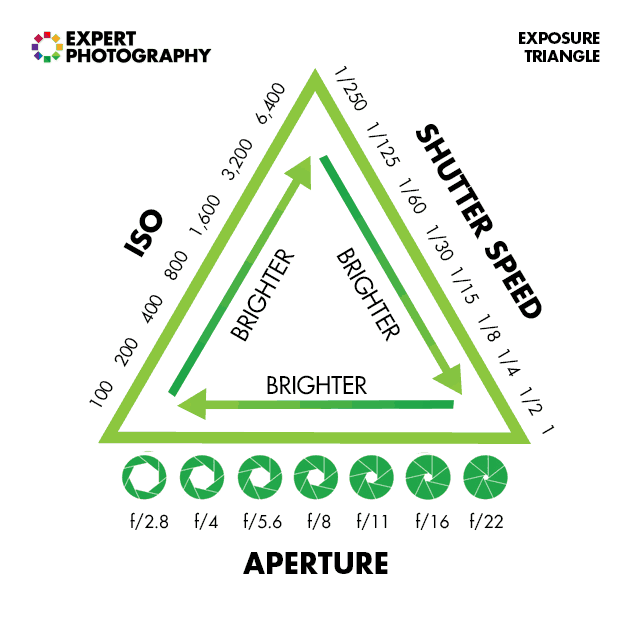The Basics of Photography

Photography has come a long way since its inception in the mid to late 1800s. Yet whilst the apparatus (the camera) used to capture the image and the final production of the image has changed dramatically. The actual principles that photographers use of capturing a good image has changed little. Once understood and mastered, these basic principles allow a photographer to point the camera and shoot a quality image that any photographer can be proud of.
The most important principle for the photographer is to know your own camera. As every make and model of camera can vary significantly it pays to fully understand the workings of the unit and practice the various settings. Once the camera is fully understood then it is time to move on to the basic principles that apply to all photographers when aiming to produce a good image.
Three Basic Principles / Guidelines
- It should be remembered that a good photograph should contain a theme. The image needs to tell a story. Have the ability to tell a basic idea or emotion that can be understood by the viewer.
- There should be a central element that expresses the theme or focus of the story and to this end the image should focus or harness the attention of that element for the vewer.
- A good image is one that works on simplicity. Ensuring that there are no distractions taking away from the central theme. An image should ensure that trees are not seen coming out of peoples heads or that power lines are not a distraction. A good image includes only those elements that are of importance to the theme of the image.
Once the operation of the camera and the three basic principles are fully understood there is really only one course of action left for the basics. Every time a photographer points the camera to take an image ask these three simple questions.
- What is the theme or message that I am trying to achieve here.
- Is there a focal point for the point of interest, what is it and how do I position my camera to achieve it.
- Does my proposed image include only those elements that are important to the theme, the story. Have I eliminated all non-essential and distracting information. Have I given myself a good clean clear simplified image that conveys my story.
Digital photography has brought the art of photography to the people. However there are still many die in the wool loyalists that use their strusty SLR (single lense reflex) camera or SLR/digital composite. No matter what camera you use there are still elements that require a degree of understanding to ensure a good end result.
Focusing, aperture (the opening of the lens through which the light enters the camera). Depth of field, exposure, shutter speed are all elements that are more pertinant to SLR camera can also be important to a digital. For many point and shoot photographers the answer lies in using the automatic switch on the camera. However even if that is all you do there is still one last remaining aspect that EVERY photographer should learn and that is Composition.
Composing Your Image
Composition is in my view the focal point of a good image. Without good strong composition then the story within your image will not hold well. After selecting the story line. Place you focal point within the section of the frame that is most pleasing to the eye. This could be in the bottom left corner, allowing a good leading line to take the eye to where the focal point is looking. It could be just off centre to for a more pleasing story. Remembering to omit any distracting bits from the image.
When maximizing the impact of your image the basic approach is to simply exclude all other details and frame your image very tightly. This form of composition can be a very effective took for capturing a single strong story line. Facial expressions complement this form well.
However where extra details are significant to the storyline, where more information is required. Regard to atmosphere and visual impact may be required then the framingof the image should be considered when setting up this image. The effective use of extra information that complements, yet does not distract an image is generally learned over time. It's the art of letting in enough, but not too much information to distract or take away from the focal point.
Landscape vs Portrature Mode
The way you hold you camera in the setting up of your composition can indeed make or break your image. It is vitally important to compose an image using protrature when the focal point is a person or group of people. There is nothing more offputting that having legs and tops of heads missing from an image. The only time that this rule may not apply is if the person or people are seated, then and only then should the composition be looked at in a different light.
Landscape setting is so name because it is, generally speaking the best way to take in a vast or wider area of subject matter. However again it should be noted that the focal point of the story or image may actually suit the application of the protraiture style.
The outcome is that personal taste and style does play a part in how you compose your image.However the end result for most photographers is to have an image that tells a story in a pleasing manner. One that people are genuinly keen to see and one that you as the photographer would be proud to frame and hang on the wall or sit on a shelf. The last word would have to be to enjoy your photography, the more images you take the better you will become – enjoy.